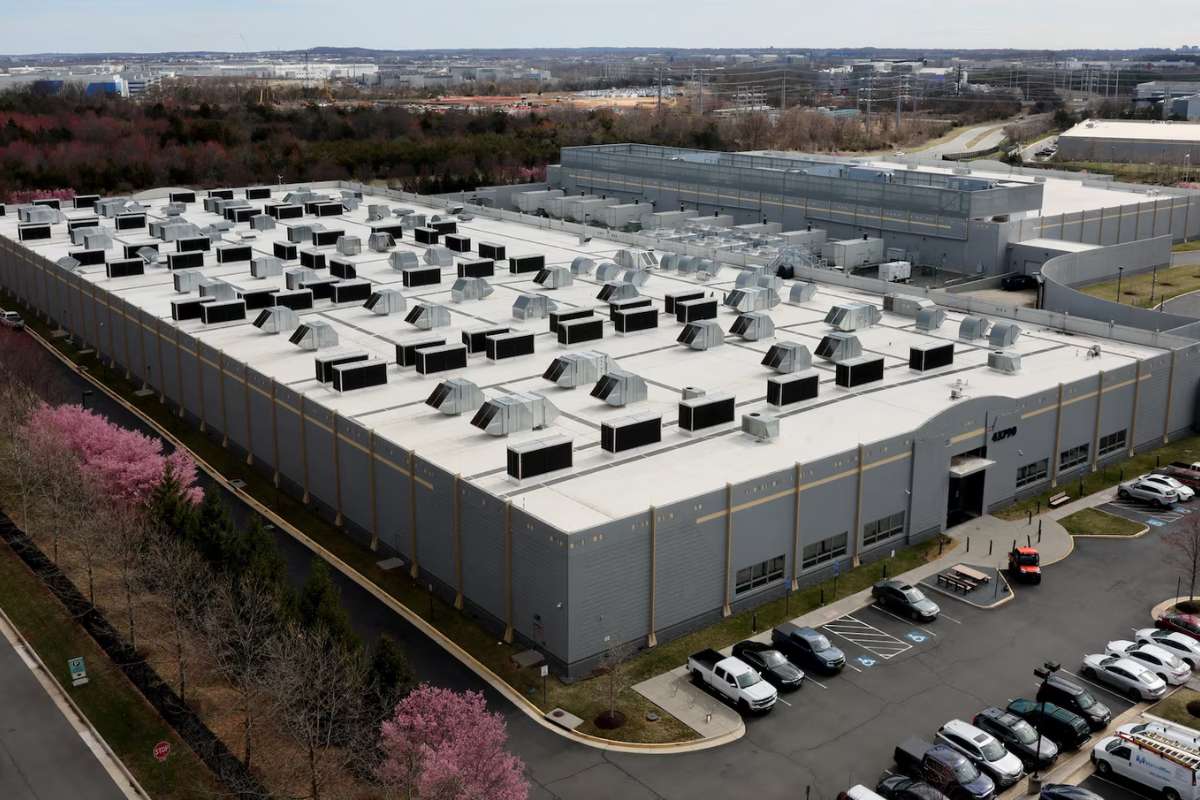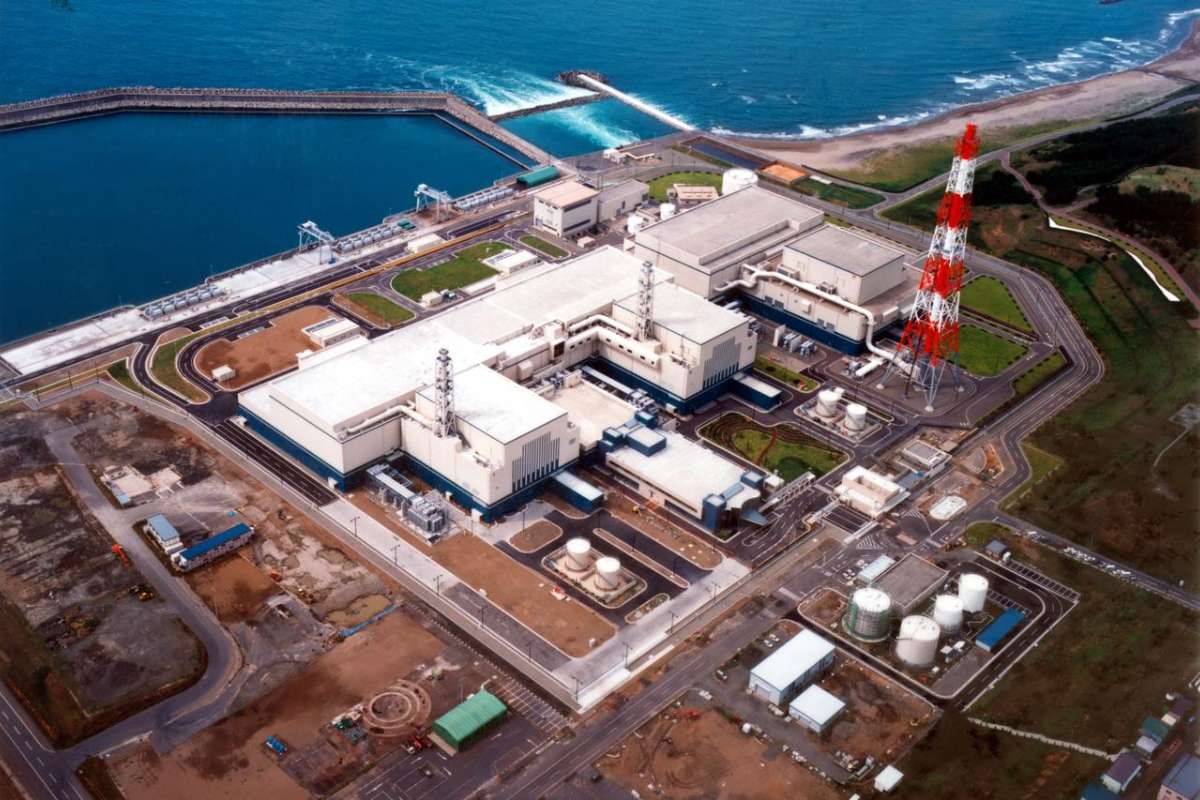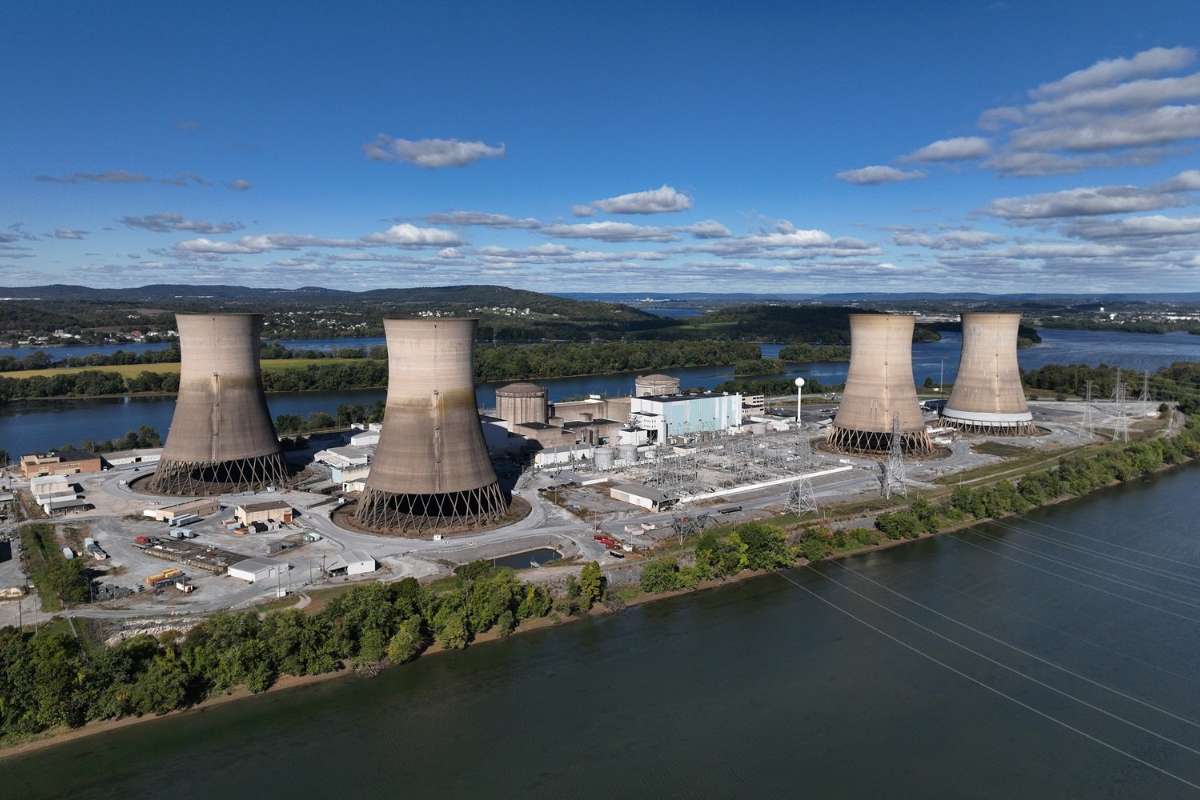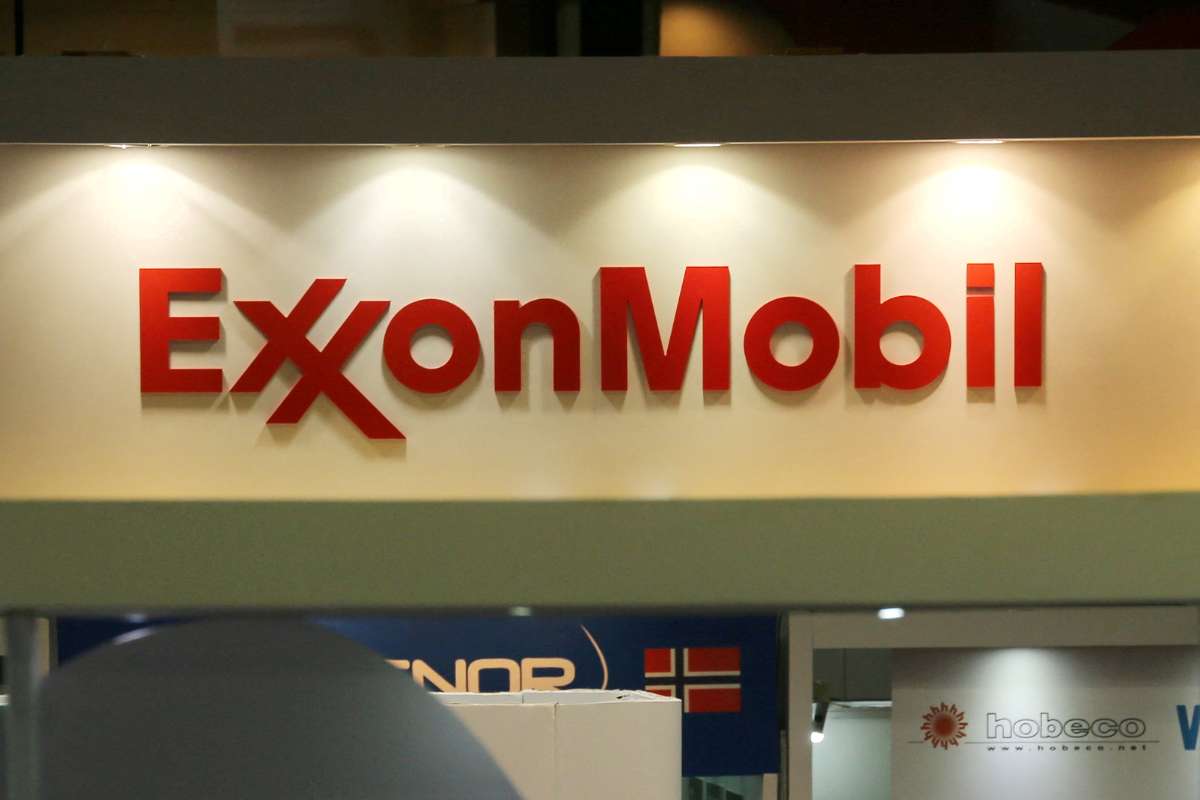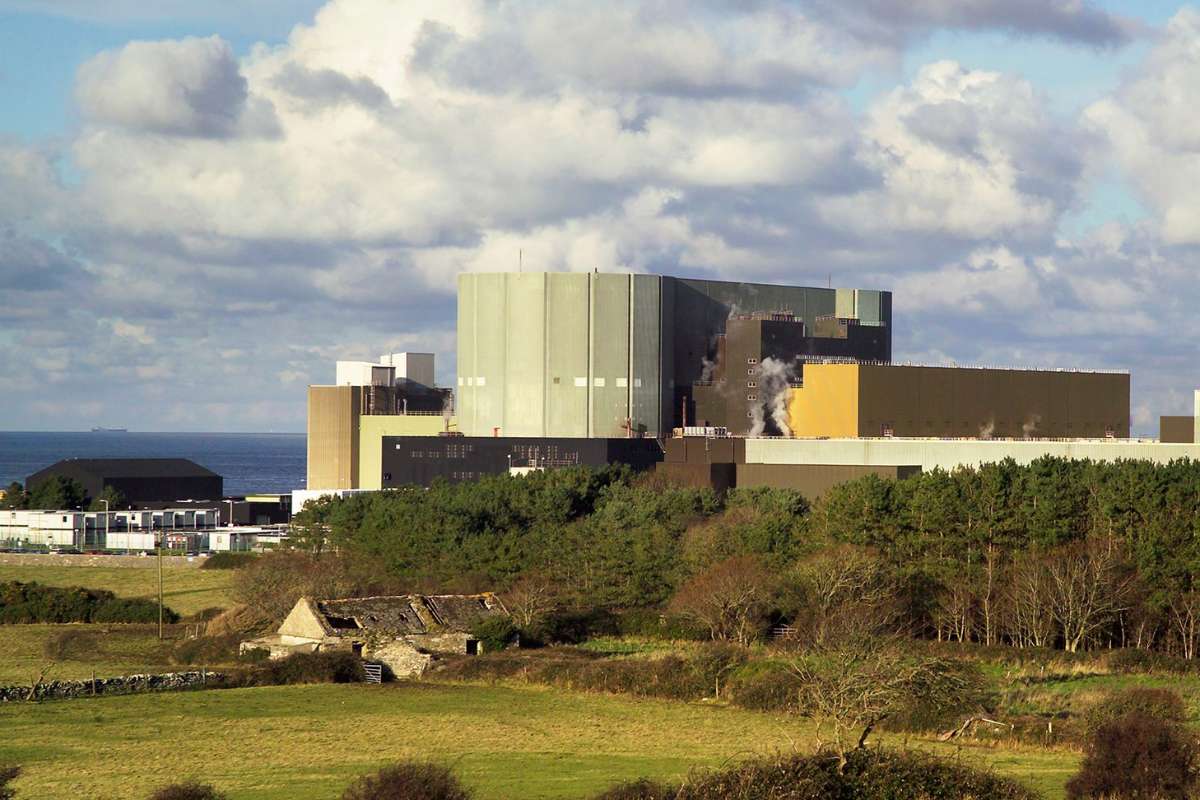PJM Interconnection said on Nov. 19 that it will move forward with a plan to manage the rising number of data centers seeking to connect to the U.S. power grid, a trend that has pushed electricity demand to record levels across the regions it serves.
Data Center Strain
The operator, which manages the largest power grid in North America and serves 13 states and Washington, D.C., announced the decision after its members voted against several proposals intended to accelerate data center interconnections. The vote took place Wednesday and involved power generators, utilities, and large energy users.
PJM Interconnection said it would continue designing a new framework to handle the surge of interconnection requests submitted by data center developers. The Board of Managers said it aims to finalize the plan by December.
Demand Forecast Rises
The grid is experiencing unprecedented demand as Big Tech companies expand artificial intelligence capabilities. AI systems require large data centers, many of which use significant electricity to run servers and maintain cooling systems.
PJM Interconnection estimated that nearly all of its projected 32 gigawatts of additional demand through 2030 will come from new data centers. The operator has warned that, without an increase in available power supplies, parts of its territory could face shortages as early as 2027.
Northern Virginia, one of PJM’s largest service territories, contains the world’s highest concentration of data centers. Other states within the grid’s footprint, including Ohio, Indiana, and Pennsylvania, are also seeing rapid growth in the sector.
Earlier Proposals Revised
Earlier versions of PJM’s “Critical Issue Fast Path” proposal required developers to supply their own backup power and scale back operations during grid emergencies, such as periods of extreme heat or cold. Those requirements were later removed, and PJM has not yet indicated what the final plan will include.
The rejected proposals were designed to shorten the time it takes to connect new data centers to the grid while reducing reliability risks. PJM currently faces a backlog of interconnection requests, driven in large part by Big Tech companies racing to build infrastructure to support AI growth.
Reliability and Pricing Concerns
The rising demand has already affected markets across the grid. Prices in PJM’s annual capacity auction climbed more than 1,000% over the past two auction cycles, reflecting expectations of tighter supply in the coming years. Capacity auction prices are intended to encourage construction of additional power plants and ensure long-term system reliability.
However, developers have faced higher costs and supply chain delays when attempting to build new generations. These challenges have slowed the addition of new power plants, which PJM says are needed to maintain grid stability during rapid load growth.
Customers across the region began seeing higher power bills last summer as the effects of the tightening market filtered through to retail rates. Utilities use capacity auction prices to help plan future supply, and rising costs often roll down to end users.
Background on PJM Interconnection
PJM coordinates wholesale electricity movement for more than 65 million people. It operates a competitive wholesale market and manages long-term planning for generation and transmission across its territory. The system includes a mix of natural gas, coal, nuclear, and renewable resources.
The expansion of energy-hungry data centers adds a significant challenge to PJM’s planning process. Developers typically request large, long-term blocks of power, often more than many industrial facilities use. These large loads require substantial upgrades to transmission lines and substations, which take years to complete.
As data center construction accelerates nationwide, PJM’s actions may influence how other grid operators respond to similar demand trends. Several states have already paused or restricted new data centers because of concerns about electricity availability and infrastructure strain.
PJM said it will continue working with stakeholders through the end of the year to draft a final interconnection plan that balances reliability needs with the rapid pace of data center growth. The operator has not released further details about potential requirements for developers or how the plan will affect ongoing projects.
Visit Oil Gas Energy Magazine for the most recent information.

